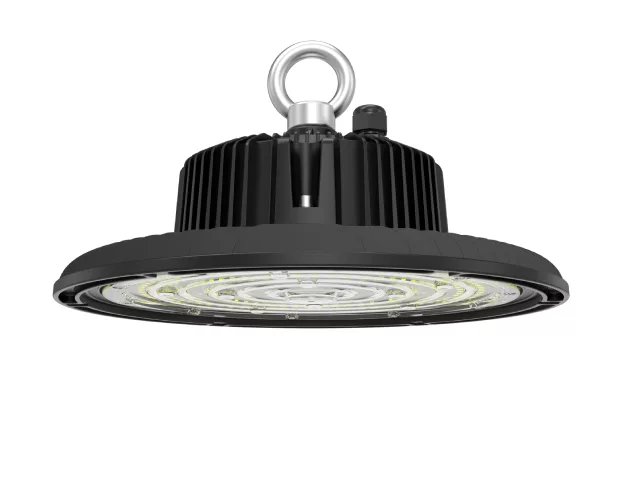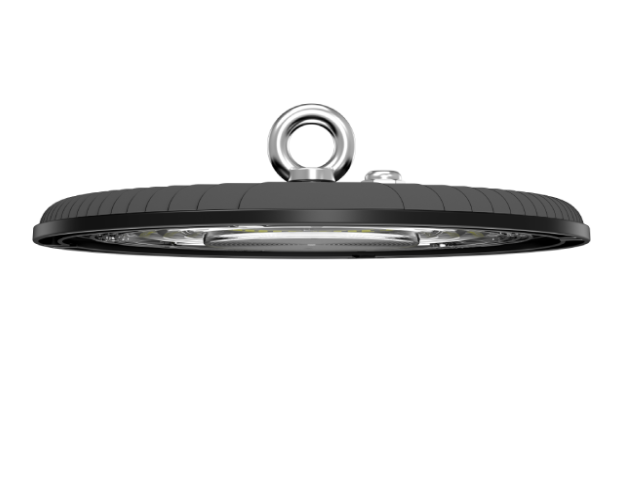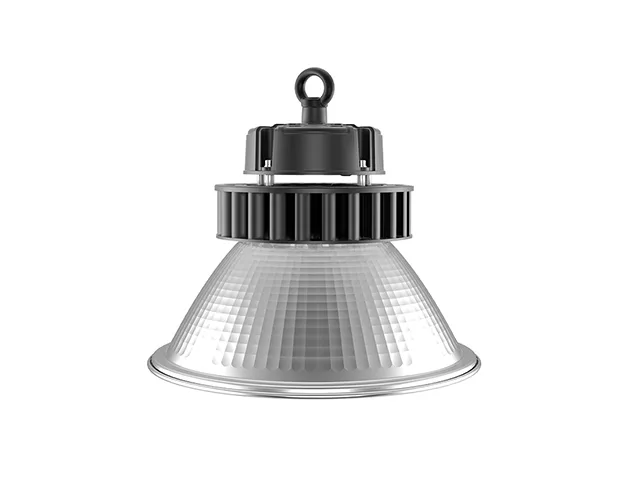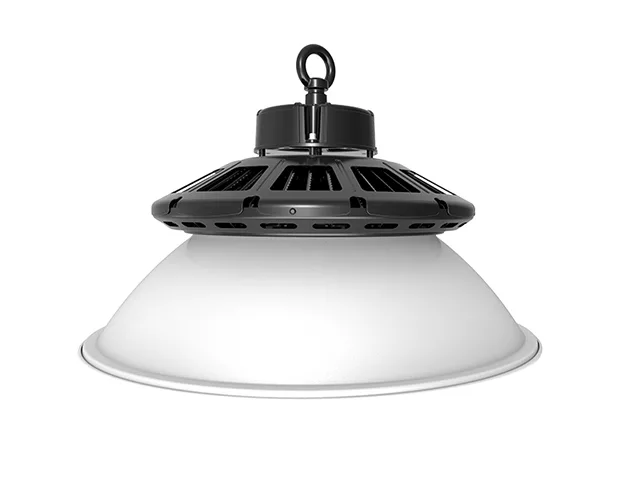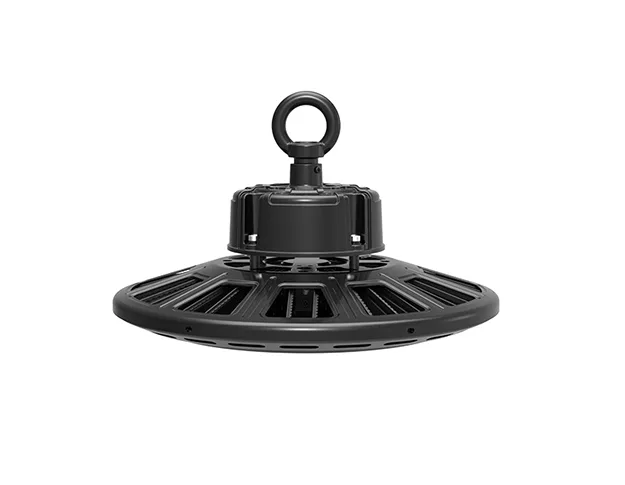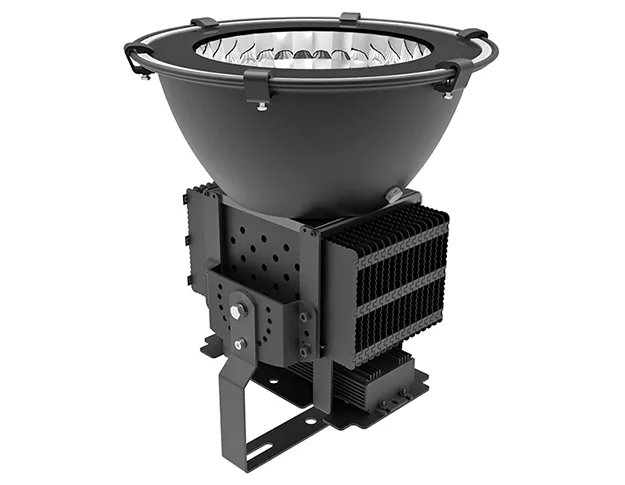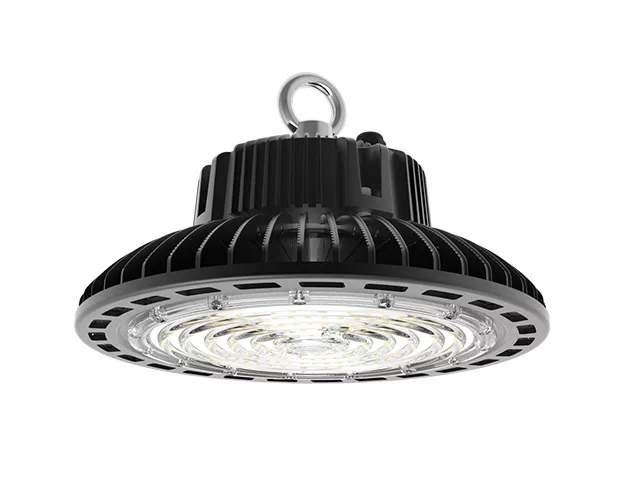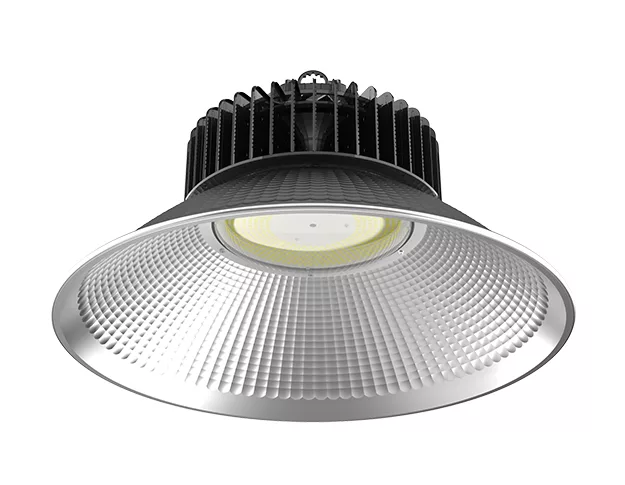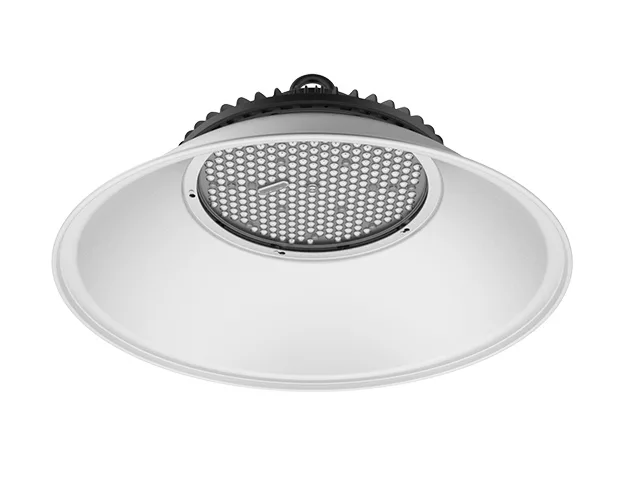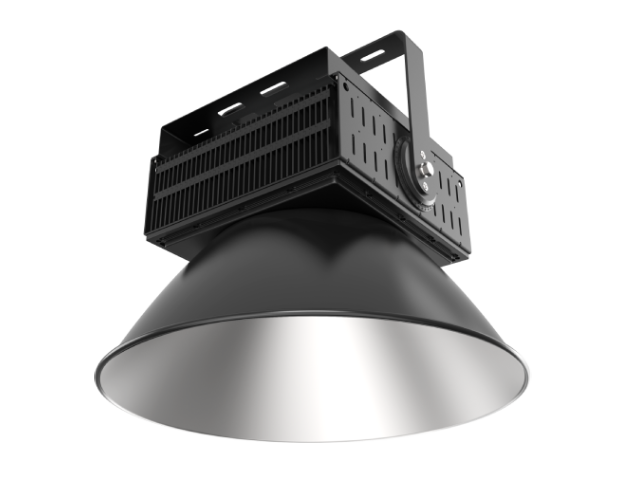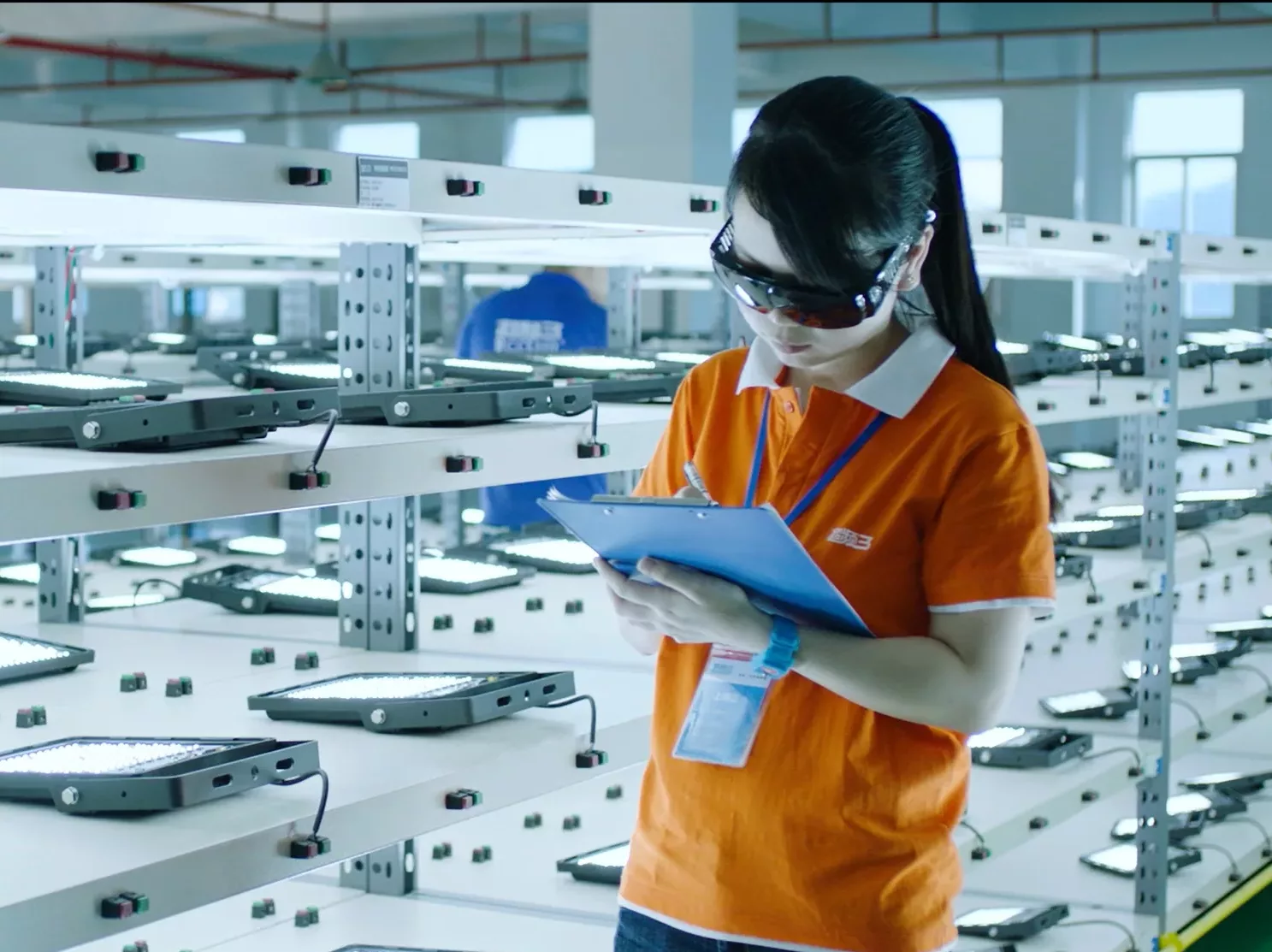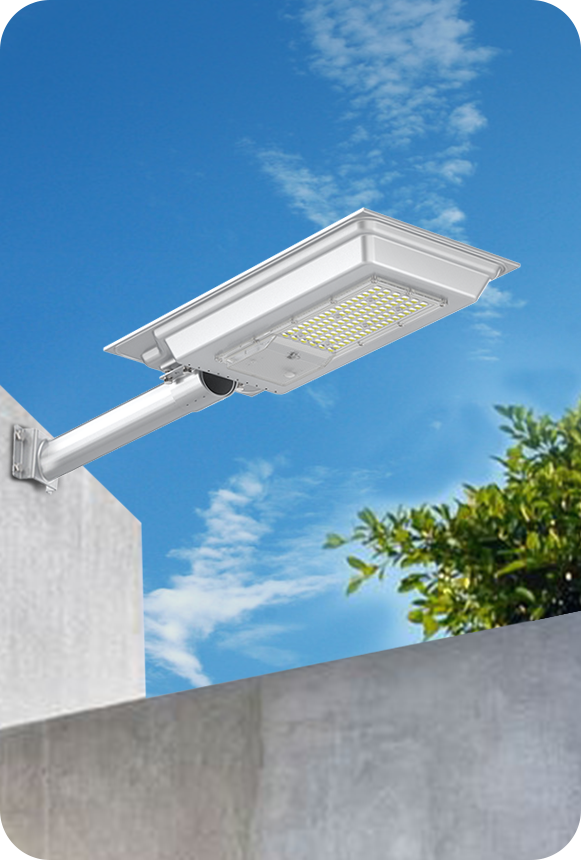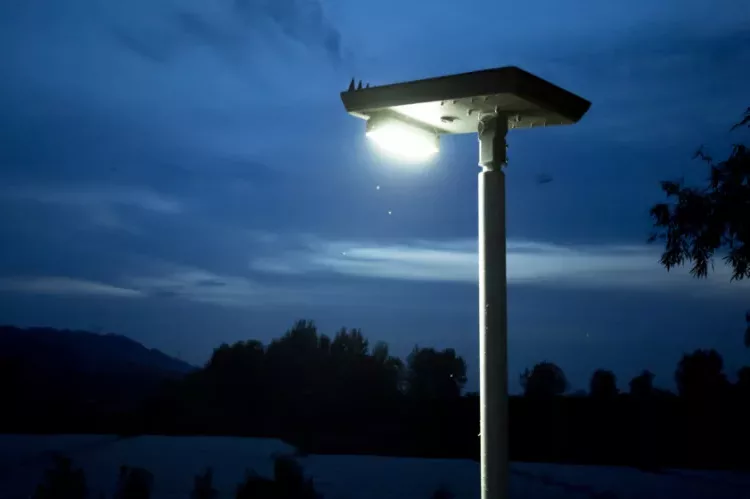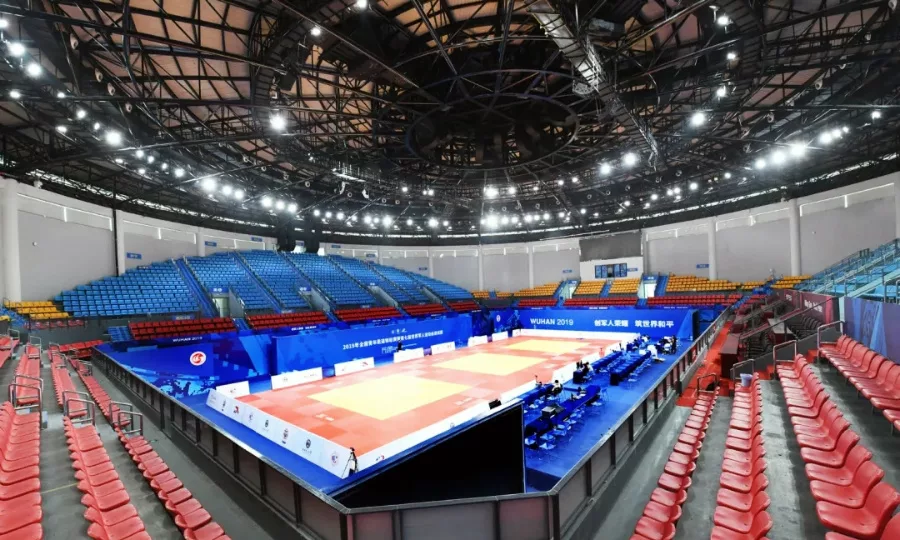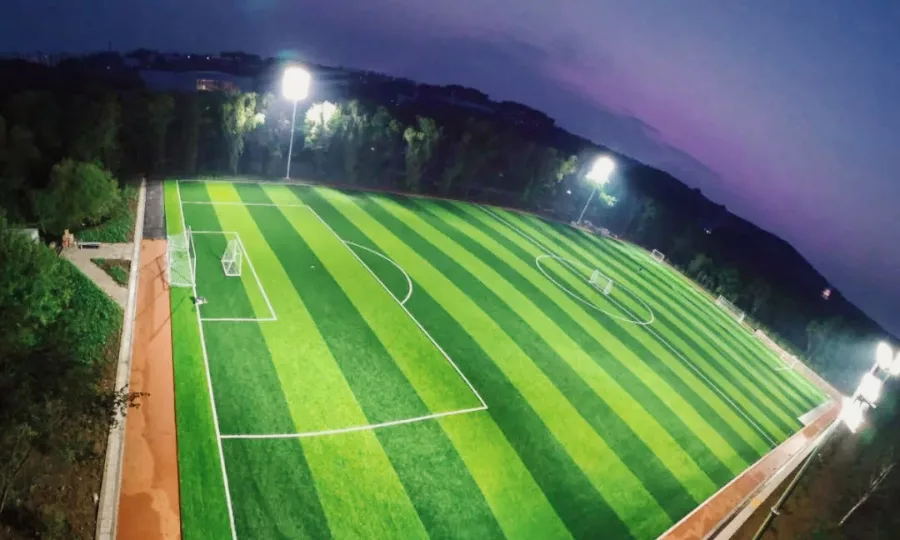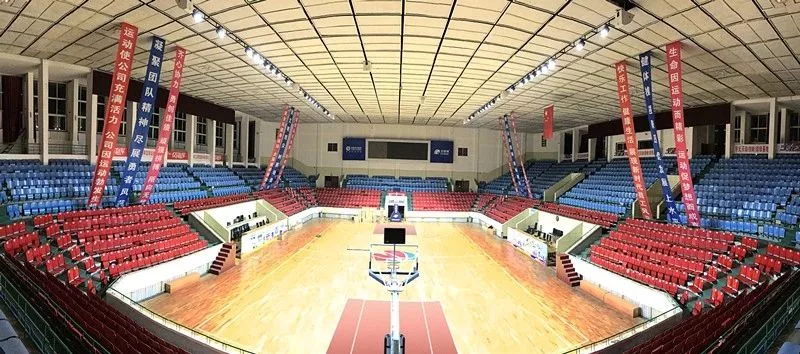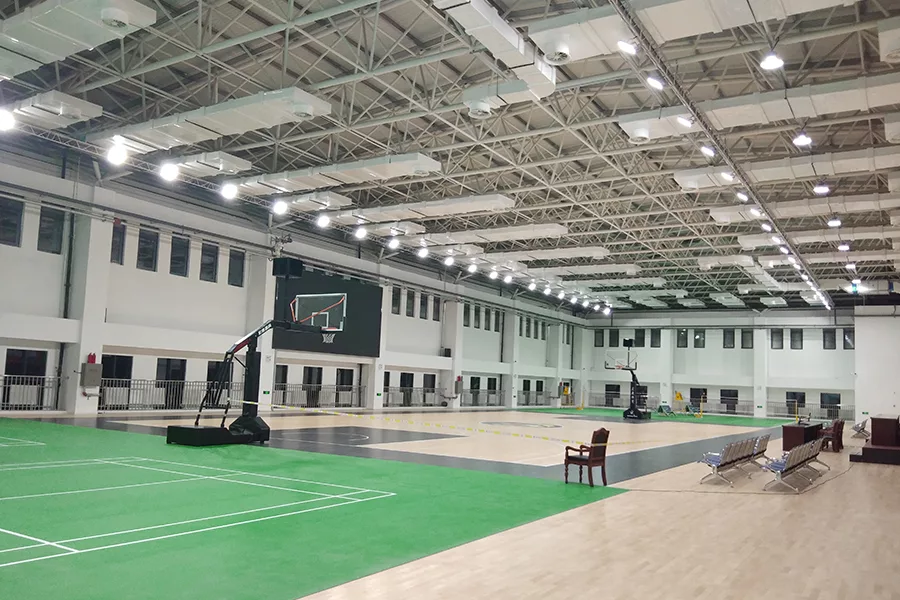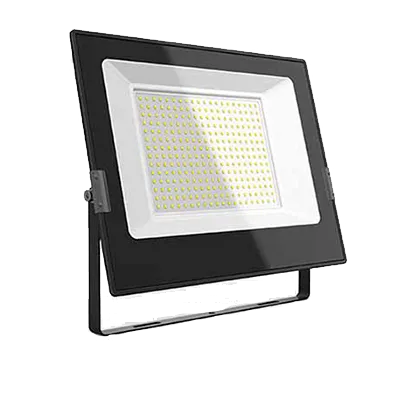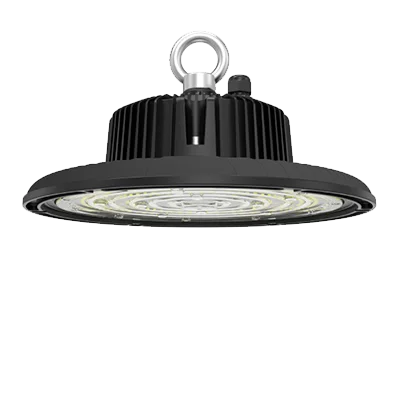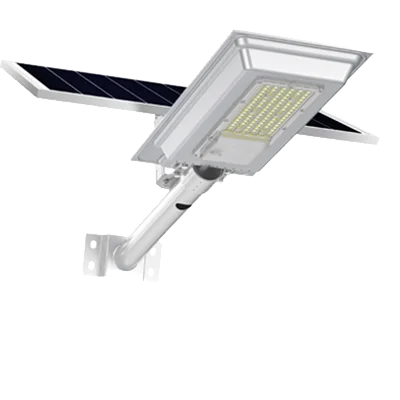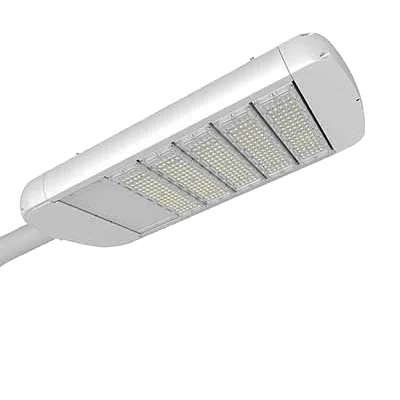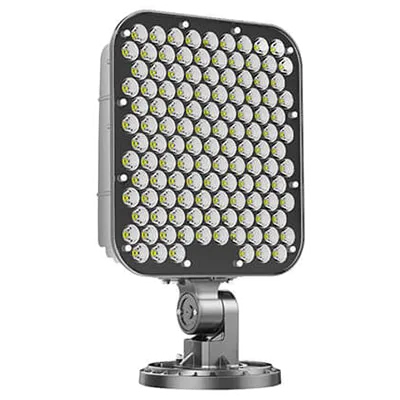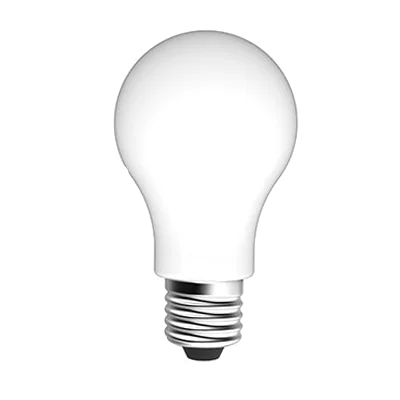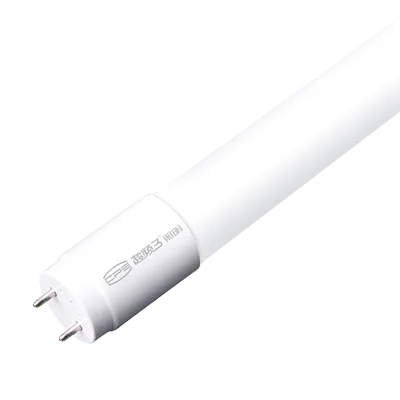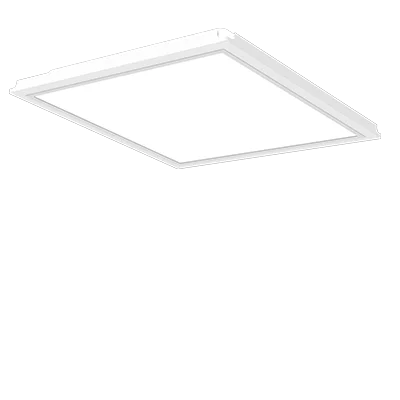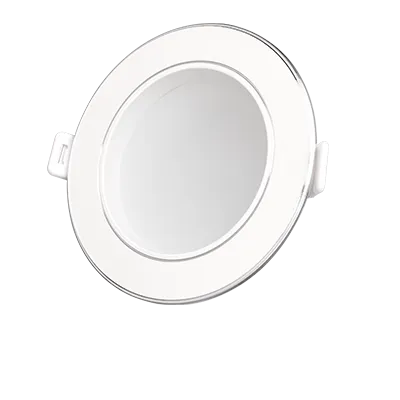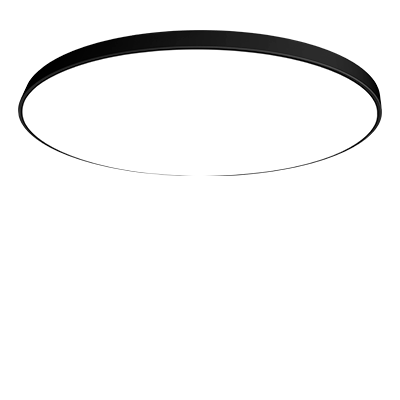LED lighting is considered the best choice for commercial and industrial settings. LEDs have a longer lifespan than traditional lighting sources. Additionally, LEDs use up to 80% less energy compared to conventional light sources like MH and HPS lights while delivering the same level of illumination. Thus, switching from traditional high bay lights to LED high bay lights results in reduced energy consumption and lower electricity bills for commercial and industrial properties.
As a leading manufacturer in the industry, CPS Lighting offers top-quality LED high bay lights. Each LED light undergoes thorough testing before it is released into the market, ensuring there are no concerns regarding safety, quality, functionality, or durability. Furthermore, our LED high bay lights come equipped with various sensors and smart control options such as motion sensors, daylight sensors, DALI, Zigbee, and 0-10V dimming, enabling cost-effective energy savings.
What is the LED High Bay Light?
An LED high bay light is a type of energy-efficient indoor LED lamp suitable for use in industrial plants, production workshops, supermarkets, warehouses, factories, gymnasiums, indoor sports halls, machine workshops, and airport hangars.
The term ‘high bay lighting’ refers to the placement of light fixtures and includes a wide array of lamp types and fittings. Generally, high bay lighting is ideal for illuminating large spaces with very high ceilings, typically where the floor-to-ceiling height is 15 feet or more.
Regarding functionality, lighting can be categorized as general lighting or task lighting. General lighting is typically evenly distributed above the work area or along side walls to illuminate the entire workspace. Task lighting, on the other hand, enhances the brightness of specific work areas and serves to supplement general lighting. It is also used for temporary lighting in areas that usually require no illumination, such as equipment maintenance sites.
For installation, high bay lights can be suspended from the ceiling using pendants, hooks, and chains or can be mounted on walls. Various mounting options are available to accommodate different occasions and spaces.
What are the LED High Bay Light Used for?
Lighting in factories is crucial, impacting the quality of production, design, and packaging. However, many are unaware of the specific lighting standards required in these environments. Here, I’ll outline the lighting brightness standards for various factory areas as set by CPS Lighting:
- The lighting brightness standard for ultra-precision operations, design, drafting, and precision inspection ranges from 3000 to 1500 lux.
- Design rooms, analysis labs, assembly lines, and painting areas should have a lighting brightness between 1500 and 750 lux.
- Packaging areas, measurement stations, surface treatment zones, and warehouse lighting should maintain a brightness standard of 750 to 300 lux.
- Lighting in dyeing, casting, and electrical rooms should range from 300 to 150 lux.
- Entrances, exits, corridors, passageways, stairs, and restrooms should have a lighting brightness standard of 150 to 75 lux.
- The lighting brightness for emergency stairs and outdoor power equipment areas should be between 75 and 30 lux.
How Many LED High Bay Lights Do I Need?
Determining the number of LED high bay lights required for a space depends on the area’s dimensions and the desired lighting intensity. We recommend contacting CPS Lighting to receive a customized lighting design that will specify the number of lights needed, their placement, and the spacing between fixtures.
Mounting Height for High Bay Lights?
LED high bay lights are optimal for large areas with ceiling heights ranging from 20 to 45 feet. The appropriate mounting height for each light depends on its lumen output:
| LED HIGH BAY LIGHT OUTPUT | MOUNTING HEIGHT |
| 15,000-20,000 lumens | 15-20 feet |
| 20,000-20,000 lumens | 20-30 feet |
| 30,000-20,000 lumens | 30-40 feet |
| Over 45,000 lumens | Above 40 feet |
How do I Choose Beam Angle of LED High Bay Light?
The selection of LED high bay lights varies depending on the specific lighting requirements of each location. For instance, when targeted illumination is needed, LED high bays are typically equipped with a narrow beam angle to concentrate the light more effectively.
Conversely, when broad area lighting is necessary, it is essential for the high bay LED lights to be fitted with a lens that provides a wider beam angle.
For UFO high bay LED lights, three common optic lenses are available: 60°, 90°, and 120°. These options allow for flexible application across different environments, ensuring optimal illumination as required by each unique setting.
How do I Choose LED High Bay for General Warehouse Lighting?
Warehouses are both commonplace and critical environments, often filled with unnoticed hazards, such as fire risks. Ensuring safety in these spaces is a priority for any facility, and it starts with each individual’s commitment, including the careful selection of appropriate lighting. CPS Lighting emphasizes the importance of adhering to specific lighting standards to safeguard these vital areas. Here are the recommended illuminance standards for different types of warehouse spaces:
- For large storage areas, the standard illuminance is “50 lux at a 1-meter horizontal plane.”
- For general parts storage, the standard illuminance is “100 lux at a 1-meter horizontal plane.”
- For semi-finished product storage, the standard illuminance is “150 lux at a 1-meter horizontal plane.”
- For fine parts storage, the recommended illuminance is “200 lux at a 1-meter horizontal plane.”
These standards ensure that each type of warehouse maintains adequate visibility for safe and efficient operations.
How do I Choose LED High Bay for Factory Lighting?
Lighting is a critical aspect of factory operations, influencing production quality, design, and packaging. However, many people are not aware of the specific lighting standards required for factory settings. Let me outline the lighting brightness standards recommended by CPS Lighting for various factory activities:
- The lighting brightness standard for ultra-precision operations, designing, drafting, and precision inspections ranges from 3000 to 1500 lux.
- For design rooms, analysis labs, assembly lines, and painting areas, the lighting brightness standard is set between 1500 and 750 lux.
- The lighting standard for packaging areas, measurement spots, surface treatment sections, and warehouses is between 750 and 300 lux.
- Dyeing facilities, casting workshops, and electrical rooms should have lighting brightness levels from 300 to 150 lux.
- For entrances, exits, corridors, passageways, stairs, and restrooms, the brightness standard should be between 150 and 75 lux.
- The lighting brightness standard for emergency escape ladders and outdoor power equipment areas ranges from 75 to 30 lux.
Differences Between High Bay and Low Bay Lights
The primary difference between high bay and low bay lights lies in the ceiling height. High bay lights are designed for spaces with ceilings ranging from 15 to 45 feet, whereas low bay lights are suitable for ceilings approximately 12 to 20 feet high. Another distinction is the light distribution; high bay lights often include reflectors to ensure the light is directed downwards and outwards appropriately, and they typically have a higher lumen output to compensate for the greater distance to the floor.
Are Your High Bay Lights Suitable for Harsh Environments?
Many of our high bay lights are designed for challenging environments like food processing plants, cold storage, and steel mills. To guarantee safety, our products feature necessary protections against water, dust, impact, and high temperatures.
Most of our high bay lights are rated IP65, safeguarding against water and dust intrusion. Models such as HB21 HiAir and HB06 HiClean offer up to IP69K protection, suitable for high-pressure water jets up to 80 degrees Celsius. Additionally, our fixtures offer impact protection ranging from IK07 to IK10.
Availability of Motion Sensors and Low Glare Options
CPS Lighting provides various motion sensor options, including built-in and plug-and-play sensors, which significantly aid in energy saving. Besides motion sensors, we also offer PIR sensors, 0-10V dimming, DALI, Zigbee, emergency backup, and other smart controls.
For environments requiring low-glare lighting, such as operating rooms and gymnasiums, we offer LED high bay lights with custom optic lenses designed to reduce glare to UGR<19, enhancing visual comfort without compromising light efficiency.

